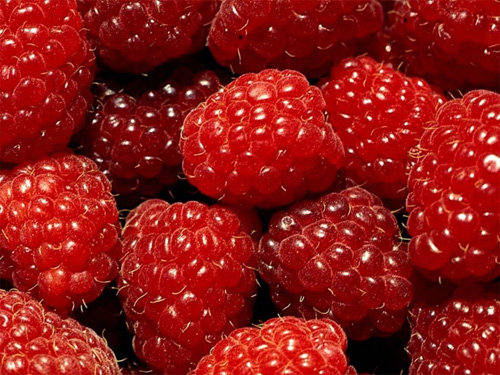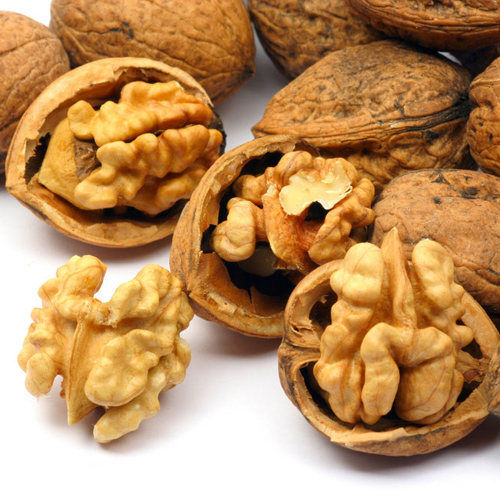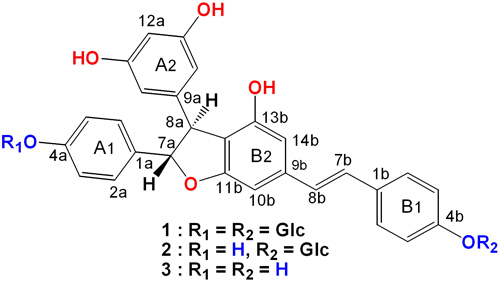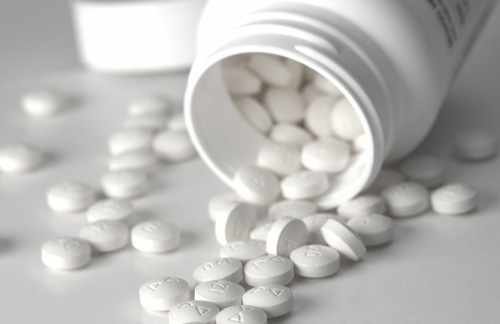These are small, tightly-packed red berries found during summer or autumn. They are used to make jams, jellies, pies, and ice creams. They have a high vitamin C and manganese content. They also contain vitamin K and magnesium.
Wonderfully delicious, bright red-colored raspberry is among the most popular berries grown all over the world. They are rich source of health promoting plant-derived nutrients, minerals, and vitamins that are essential for optimum health.
Botanically, the plant is a small shrub belonging to the family Rosaceae, of the genus: Rubus. It grows very well in temperate regions. The exotic berry is native to Europe but now widely cultivated in many temperate regions all over the world. Chief producers of raspberries are Poland, United States, Germany, and Chile.
Several subspecies of raspberries are grown; however, the most important modern commercial red-raspberry cultivars derive from hybrids between R. idaeus (European raspberry) and R. strigosus (American raspberry).
Technically, the whole berry is an aggregate of small drupe-lets, which are arranged in circular fashion around a hollow central cavity. Each tiny drupelet features small juicy pulp with a single whitish-yellow seed. Raspberries have a taste that varies by cultivar, and ranges from sweet to acidic, a feature quite similar to strawberries.
Raspberry has a conical shape, weighs about 3-4 g and contains 80-100 drupelets arranged in circular layers. While the most common type of raspberry (Rubus idaeus) is red-pink in color, hybrids actually come in a range of colors, including black, purple, orange, yellow and white.
Health benefits of raspberries
Delicious raspberries are low in calories and saturated fats but are rich source of dietary fiber and antioxidants. 100 g berries contain just 52 calories but provide 6.5 g of fiber (16% of daily recommended intake).
Raspberries have significantly high levels of phenolic flavonoid phytochemicals such as anthocyanins, ellagic acid (tannin), quercetin, gallic acid, cyanidins, pelargonidins, catechins, kaempferol and salicylic acid. Scientific studies show that these antioxidant compounds in these berries have potential health benefits against cancer, aging, inflammation, and neuro-degenerative diseases.
Xylitol is a low-calorie sugar substitute extracted from raspberries. A teaspoonful of xylitol contains just 9.6 calories as compared to that of sugar, which has 15 calories. Xylitol absorbs more slowly in the intestines than sugar and does not contribute to high glycemic index, and thus, can be helpful in diabetics.
Fresh raspberries are an excellent source of vitamin-C, which is also a powerful natural antioxidant. 100 g berries provide 26.2 mg or about 47% of DRI of vitamin C. Consumption of fruits rich in vitamin C helps the body develop resistance against infectious agents, counter inflammation, and scavenge harmful free radicals.
Raspberry contains anti-oxidant vitamins like vitamin A, and vitamin E. In addition to the above-mentioned antioxidants, is also rich in several other health promoting flavonoid poly phenolic antioxidants such as lutein, zea-xanthin, and ß-carotene in small amounts. Altogether, these compounds help act as protective scavengers against oxygen-derived free radicals and reactive oxygen species (ROS) that play a role in aging and various disease processes.
Raspberry has an ORAC value (oxygen radical absorbance capacity) of about 4900 per 100 grams, crediting it among the top-ranked ORAC fruits.
Raspberries contain a good amount of minerals like potassium, manganese, copper, iron and magnesium. Potassium is an important component of cell and body fluids that helps controlling heart rate and blood pressure. Manganese is used by the body as a co-factor for the antioxidant enzyme, superoxide dismutase. Copper is required in the production of red blood cells.
They are rich in B-complex group of vitamins and vitamin K. The berries contain very good amounts of vitamin B-6, niacin, riboflavin, and folic acid. These vitamins are function as co-factors and help body in the metabolism of carbohydrates, protein and fats.
One of the most fascinating new areas of raspberry research involves the potential for raspberries to improve management of obesity. Although this research is in its early stages, scientists now know that metabolism in our fat cells can be increased by phytonutrients found in raspberries, especially rheosmin (also called raspberry ketone). By increasing enzyme activity, oxygen consumption, and heat production in certain types of fat cells, raspberry phytonutrients like rheosmin may be able to decrease risk of obesity as well as risk of fatty liver. In addition to these benefits, rheosmin can decrease activity of a fat-digesting enzyme released by our pancreas called pancreatic lipase. This decrease in enzyme activity may result in less digestion and absorption of fat.
Recent research on organic raspberries has now shown organic raspberries to be significantly higher in total antioxidant capacity than non-organic raspberries. Raspberries in the study were grown on farms in Maryland that had been previously certified as organic by the U.S. Department of Agriculture. A series of tests involving free radical scavenging all provided the same results: organic raspberries outperformed their non-organic counterparts in terms of their antioxidant activity. This greater antioxidant capacity was associated with the greater levels of total phenols and total anthocyanins found in organic versus non-organic raspberries. While there are many good reasons to purchase organic versus non-organic foods of all kinds, this study makes it clear that these reasons specifically hold true for raspberries in a profound way.
You’ll get significantly more antioxidant support by purchasing raspberries that are fully ripe. Recent studies have measured the total phenolic content, total flavonoid content, and anthocyanin content of raspberries harvested at varying stages of ripeness (from 50% to 100% maturity) and greatest overall antioxidant benefits were associated with full ripeness of the berries. Although it’s possible for raspberries to ripen after harvest, this fruit can be highly perishable and can mold quite easily at room temperature. So your most risk-free approach for getting optimal antioxidant benefits from raspberries is to purchase them at full maturity, keep them refrigerated at all times at temperatures between 35-39°F (2°-4°C), and consume them very quickly (within 1 to 2 days after purchase).
Anti-cancer benefits of raspberries have long been attributed to their antioxidant and anti-inflammatory phytonutrients. In animal studies involving breast, cervical, colon, esophageal, and prostate cancers, raspberry phytonutrients have been shown to play an important role in lowering oxidative stress, reducing inflammation, and thereby altering the development or reproduction of cancer cells. But new research in this area has shown that the anti-cancer benefits of raspberries may extend beyond their basic antioxidant and anti-inflammatory aspects. Phytonutrients in raspberries may also be able to change the signals that are sent to potential or existing cancer cells. In the case of existing cancer cells, phytonutrients like ellagitannins in raspberries may be able to decrease cancer cell numbers by sending signals that encourage the cancer cells to being a cycle of programmed cell death (apoptosis). In the case of potentially but not yet cancerous cells, phytonutrients in raspberries may be able to trigger signals that encourage the non-cancerous cells to remain non-cancerous.




